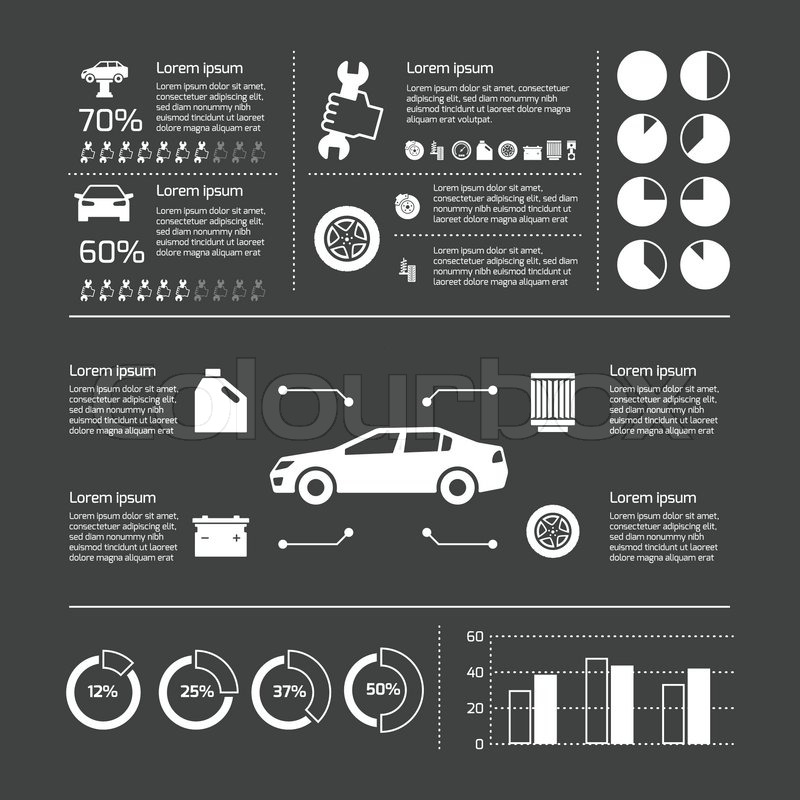Understanding Your Car'S Warning Lighting: What Do They Actually Mean?
Understanding Your Car'S Warning Lighting: What Do They Actually Mean?
Blog Article
Article Writer-Lim Corbett
When you're behind the wheel, those beautiful caution lights on your control panel can be a bit complicated. Do you know what they're trying to tell you concerning your car's health? Comprehending the value of these lights is important for your safety and security and the longevity of your car. So, the following time one of those lights pops up, would not you want to understand its message accurately and take the essential actions to resolve it?
Common Caution Lights and Interpretations
Recognize usual warning lights in your cars and truck and comprehend their definitions to guarantee secure driving.
The most normal warning lights consist of the check engine light, which signifies issues with the engine or exhausts system. If this light comes on, it's crucial to have your lorry inspected promptly.
The oil pressure warning light suggests low oil stress, needing instant focus to avoid engine damages.
A flashing battery light may recommend a faulty charging system, potentially leaving you stranded if not dealt with.
The tire stress surveillance system (TPMS) light alerts you to low tire stress, impacting car stability and fuel efficiency. Disregarding this can cause risky driving problems.
The abdominal muscle light shows a problem with the anti-lock braking system, jeopardizing your ability to stop quickly in emergency situations.
Finally, the coolant temperature warning light warns of engine getting too hot, which can lead to serious damages otherwise settled swiftly.
Comprehending these typical warning lights will assist you deal with problems without delay and maintain risk-free driving conditions.
Importance of Prompt Focus
Understanding the usual caution lights in your auto is only the initial step; the relevance of without delay resolving these cautions can not be emphasized enough to ensure your security when driving.
When a caution light brightens on your dashboard, it's your car's means of connecting a possible concern that requires attention. Neglecting these cautions can lead to a lot more extreme problems in the future, compromising your safety and possibly costing you a lot more out of commission.
https://airliftperformance28384.dm-blog.com/31301675/witness-the-transformative-patterns-shaping-the-future-of-automobile-repair-service-from-electrical-automobiles-to-ai-combination-that-will-transform-the-industry to cautioning lights can avoid breakdowns and mishaps. As an example, a blinking check engine light could suggest a misfire that, if left unattended, might create damage to the catalytic converter. Resolving https://www.wbtv.com/2020/12/07/toyota-n-charlotte-explains-which-questions-ask-before-auto-repairs/ can save you from a pricey repair service.
In a similar way, a brake system alerting light might signal reduced brake liquid or worn brake pads, essential parts for your security when driving.
DIY Troubleshooting Tips
If you discover a warning light on your control panel, there are a couple of DIY troubleshooting pointers you can attempt before seeking expert help.
The primary step is to consult your automobile's manual to comprehend what the details caution light shows. Sometimes the concern can be as easy as a loose gas cap triggering the check engine light. Tightening the gas cap might resolve the trouble.
One more common concern is a reduced battery, which can activate different advising lights. Checking the battery links for deterioration and ensuring they're secure may repair the problem.
If a warning light persists, you can attempt resetting it by separating the auto's battery for a few mins and then reconnecting it. Furthermore, inspecting your lorry's fluid degrees, such as oil, coolant, and brake fluid, can help repair cautioning lights related to these systems.
Verdict
Finally, understanding your auto's warning lights is vital for keeping your automobile running efficiently and safely. By immediately resolving these signals and recognizing what they mean, you can stay clear of expensive repair services and possible break downs.
Keep in mind to consult your car's guidebook for certain information on each cautioning light and act as necessary to ensure a trouble-free driving experience.
Stay notified, remain risk-free when traveling!
